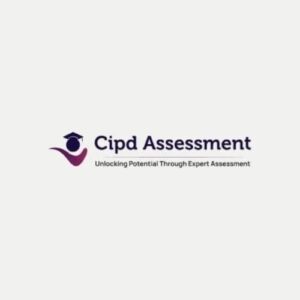In the realm of pharmaceutical development, ensuring the effectiveness of drugs is paramount. Drug efficacy testing is a crucial component of this process, aimed at determining how well a drug works in achieving its intended therapeutic outcomes. This article delves into the significance, methodology, and implications of drug efficacy testing.
The Importance of Drug Efficacy Testing
Drug efficacy testing serves several essential purposes. First and foremost, it helps to ascertain whether a drug can provide the desired benefit to patients. This is particularly critical in the development of new therapies, where the stakes are high, and the need for effective treatments is urgent.
Moreover, the results of these tests guide regulatory approvals. Health authorities, such as the Food and Drug Administration (FDA) in the United States, require robust evidence of efficacy before granting market authorization. This ensures that only drugs with proven benefits reach the consumers.
Methodologies in Drug Efficacy Testing
The process of drug efficacy testing encompasses various methodologies, each tailored to the specific drug and condition being studied. Preclinical studies often involve in vitro experiments, where the drug’s effects are observed in isolated cells or biological systems. These early tests help identify promising candidates before proceeding to human trials.
Once a drug enters clinical trials, efficacy testing becomes more structured. Typically, randomized controlled trials (RCTs) are employed, where participants are randomly assigned to receive either the new drug or a placebo. This design minimizes bias, allowing for a clearer comparison of outcomes. The endpoints—specific outcomes measured to determine efficacy—are carefully defined and can include symptom relief, survival rates, or improvement in quality of life.
Analyzing Results and Interpreting Data
The analysis of data from efficacy testing is complex and requires sophisticated statistical methods. Researchers must account for variables that may influence outcomes, such as patient demographics, disease severity, and adherence to the treatment regimen. The interpretation of results also involves critical assessments of clinical significance, differentiating between statistical significance and real-world impact.
Communicating the findings of drug efficacy testing is equally important. Researchers must convey their results transparently, highlighting both strengths and limitations. This transparency fosters trust among healthcare professionals and the public, as it underscores the commitment to safety and efficacy.
Implications for Patients and Healthcare Providers
The outcomes of drug efficacy testing have far-reaching implications for patients and healthcare providers alike. Effective drugs can lead to better health outcomes, reduced healthcare costs, and improved quality of life. For healthcare providers, understanding the efficacy of available treatments guides clinical decision-making, ensuring patients receive the best possible care.
Furthermore, as new drugs enter the market, continuous monitoring of their long-term efficacy and safety remains crucial. Post-marketing surveillance helps identify any issues that may arise once a drug is widely used, ensuring that ongoing evaluations can inform treatment practices.
Conclusion
Drug efficacy testing is a fundamental pillar of the pharmaceutical development process. By rigorously assessing the effectiveness of new therapies, researchers contribute to improved healthcare outcomes and enhance patient safety. As science and technology advance, the methodologies for testing continue to evolve, promising even more precise and effective treatments for a variety of conditions. Ultimately, the dedication to understanding and ensuring drug efficacy not only advances medicine but also nurtures trust in the healthcare system as a whole.




